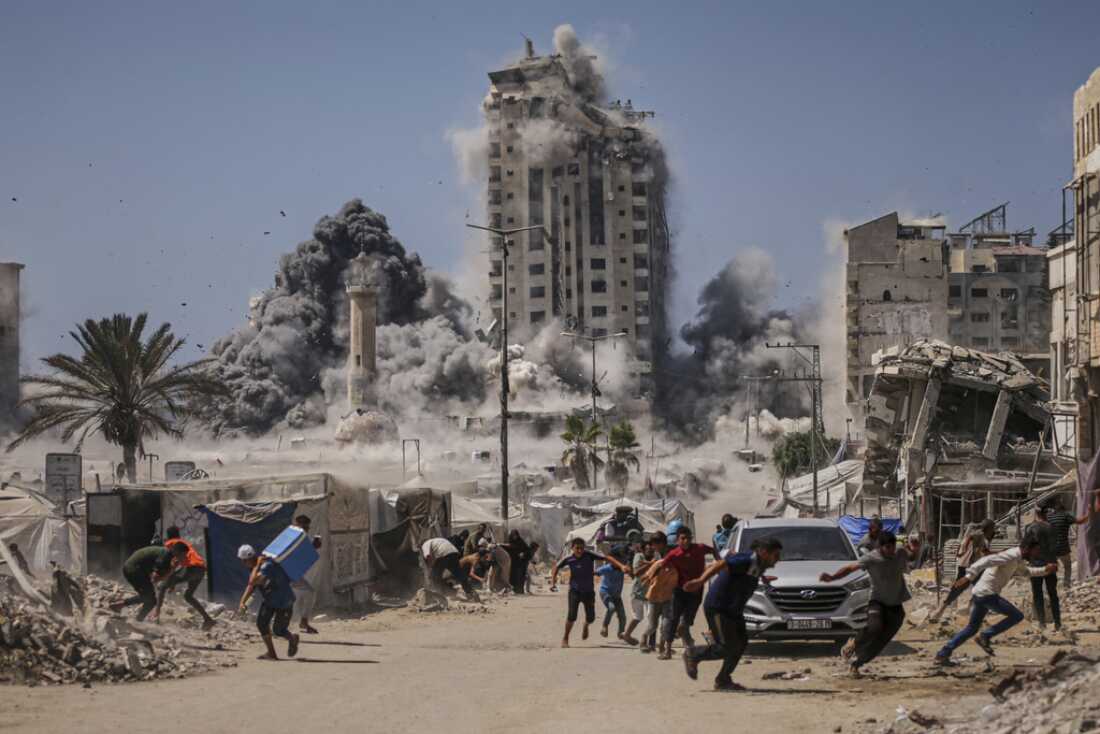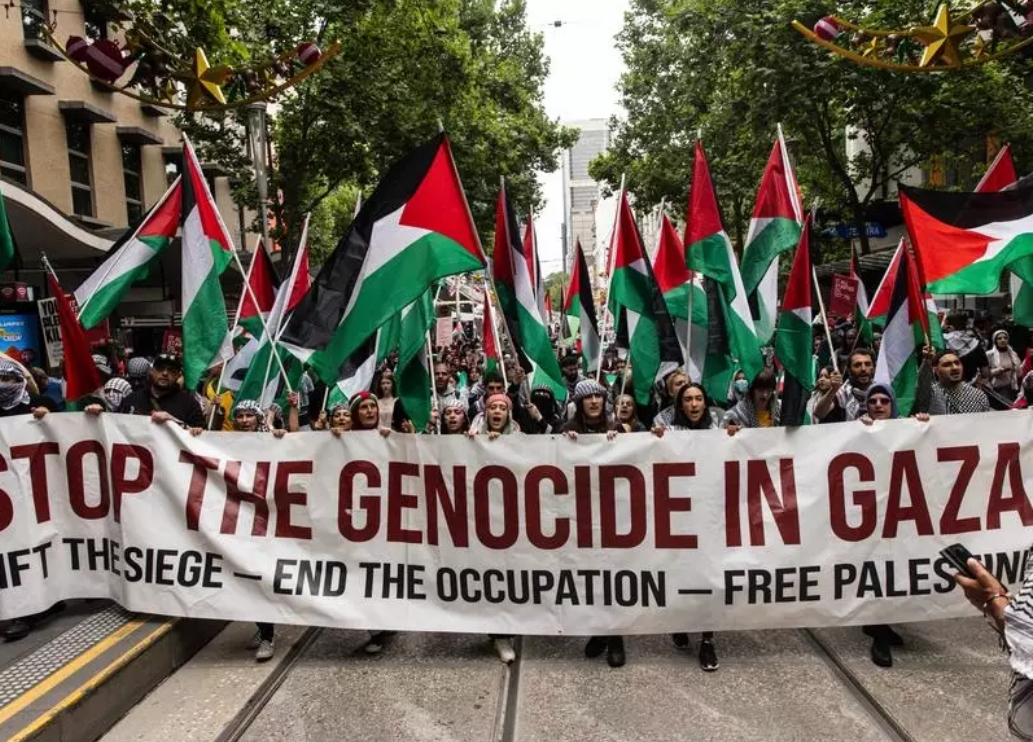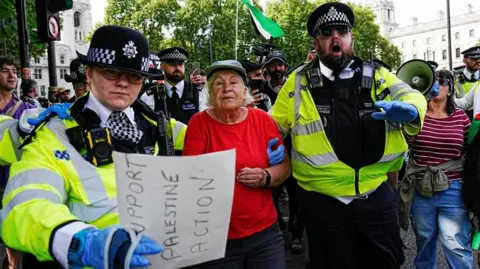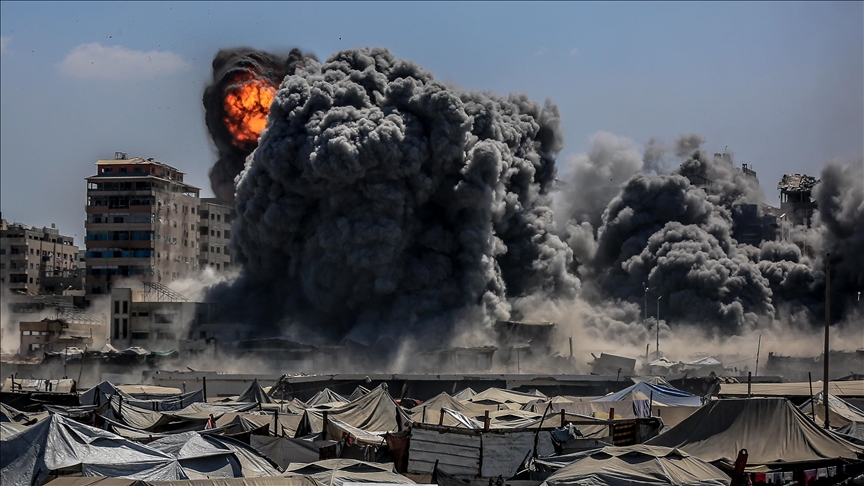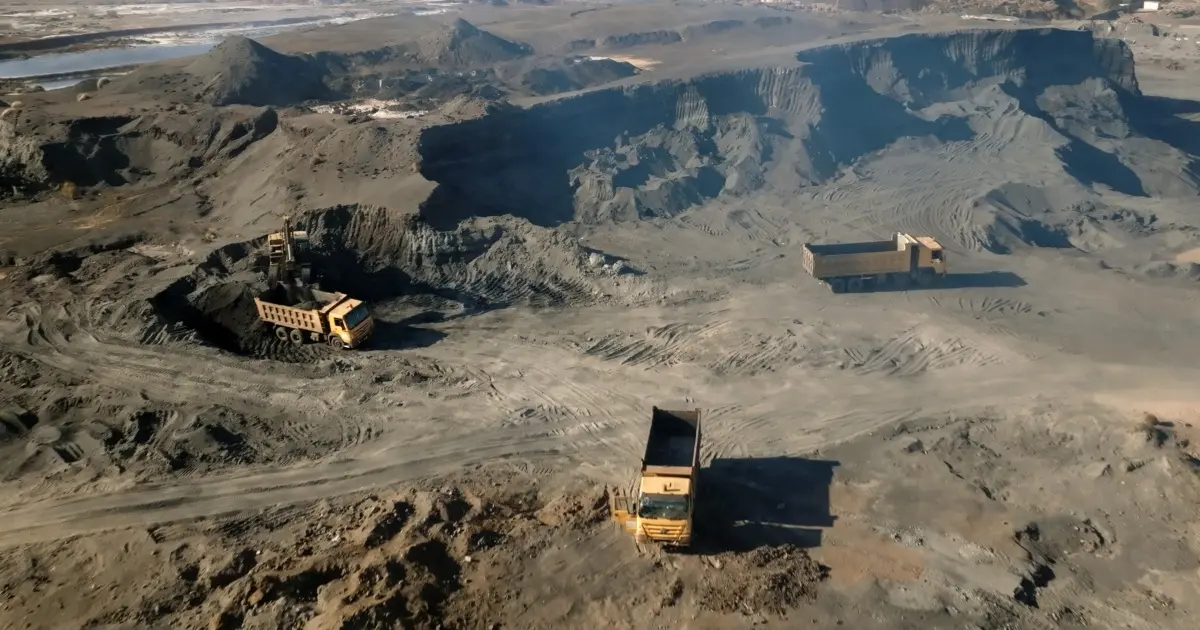The crisis in Gaza has reached a tipping point as Israel intensifies its military operations in Gaza City, prompting a stark warning from the United Nations. The UN has cautioned that the continuation and expansion of these strikes could lead to what it described as “horrific” consequences, not only for the people trapped inside the besieged enclave but also for regional stability.
- Escalation of Israel’s Attacks in Gaza City
- The UN’s Dire Warning
- Humanitarian Catastrophe in Gaza
- Stories of Survival Amid the Rubble
- Regional and Global Reactions
- Geopolitical Implications of the Escalation
- The Role of Humanitarian Organizations
- Calls for Ceasefire and Accountability
- The Future of Gaza and the Path Forward
- FAQs
- Why did the UN describe the situation in Gaza as “horrific”?
- What is the main concern about Israel’s expanded attacks in Gaza City?
- How has the international community responded to the crisis?
- What are the potential long-term consequences for Gaza?
- What steps are humanitarian organizations taking to help Gaza?
- Conclusion
This latest warning underscores the humanitarian catastrophe unfolding in real time, as civilians bear the brunt of relentless bombings, restricted aid, and the collapse of essential infrastructure. With Gaza already on the brink of famine and its hospitals overwhelmed, the UN’s plea serves as both a condemnation of ongoing violence and a call for immediate international intervention.
The situation has become not just a localized conflict but a global concern, sparking debates in diplomatic circles, massive protests in world capitals, and urgent appeals from humanitarian organizations. To fully understand the gravity of this crisis, it is important to explore the scale of Israel’s intensified attacks, the UN’s warnings, the humanitarian toll on Gaza’s population, and the broader geopolitical ramifications of this devastating escalation.
Escalation of Israel’s Attacks in Gaza City
Reports from Gaza indicate that Israel has intensified airstrikes and ground operations in Gaza City, particularly targeting densely populated areas. Residential buildings, schools being used as shelters, and even hospitals have come under attack, drawing international condemnation. Witnesses describe scenes of chaos where entire families are buried under rubble, emergency services are stretched beyond capacity, and survivors are left without food, water, or medical treatment.
The Israeli government justifies the escalation as a necessary measure to root out Hamas and neutralize militant infrastructure embedded within civilian neighborhoods. Yet critics argue that the scale and intensity of these operations have blurred the line between military targets and civilian populations. According to humanitarian monitors, more than half of Gaza City’s population has been displaced, with thousands forced to flee repeatedly in search of safety that does not exist.
The UN’s Dire Warning
The United Nations has issued a chilling warning that the expansion of attacks on Gaza City will lead to catastrophic consequences. A UN spokesperson described the situation as “horrific,” emphasizing that further escalation risks destroying what remains of Gaza’s fragile humanitarian infrastructure. The UN has long raised alarms about the dire conditions in Gaza, but the recent intensification has pushed the crisis to unprecedented levels.
UN Secretary-General António Guterres reiterated that civilians must never be used as pawns in conflict. He stressed that the laws of war demand the protection of non-combatants and the facilitation of humanitarian aid. “What we are witnessing in Gaza today is a human tragedy unfolding before our eyes,” Guterres declared, adding that the consequences could reverberate far beyond the region if urgent action is not taken.
Humanitarian Catastrophe in Gaza
The humanitarian crisis in Gaza has reached levels that aid groups describe as “apocalyptic.” Hospitals are functioning without sufficient electricity, with doctors forced to perform surgeries by the light of mobile phones. Supplies of essential medicines are running out, while thousands of injured civilians wait for treatment. Food insecurity has surged, with UN agencies warning that hundreds of thousands are on the brink of starvation.
The destruction of Gaza’s water and sanitation systems has left millions vulnerable to disease outbreaks. Aid convoys face obstacles in reaching affected areas due to blockades and continuous bombardment. The World Health Organization has warned of a looming health disaster if aid does not reach Gaza immediately. The collapse of infrastructure combined with constant fear has created an environment where survival is the only concern for families.
Stories of Survival Amid the Rubble
Behind the statistics are human lives and stories of unimaginable resilience. Families have recounted harrowing escapes, children have described losing parents and siblings, and aid workers speak of carrying out rescue missions under constant bombardment. One resident of Gaza City described how his family was forced to flee three times in a single week, each time finding their temporary shelter destroyed.
International journalists who managed to access the enclave describe Gaza as resembling a wasteland of destroyed buildings, debris-strewn streets, and overcrowded hospitals. For many Palestinians, the attacks are not just military operations but an assault on their very existence, with entire communities erased in the span of hours.
Regional and Global Reactions
The escalation has triggered strong reactions across the world. In Arab capitals, governments have condemned Israel’s actions, while mass protests have filled streets in solidarity with Palestinians. In Western countries, the response has been divided, with some governments supporting Israel’s right to defend itself, while others express growing alarm at the disproportionate toll on civilians.
The UN Security Council has convened multiple emergency sessions, but divisions among major powers have hindered concrete resolutions. Meanwhile, humanitarian organizations are pressing for an immediate ceasefire, warning that continued inaction will lead to further loss of life. International law experts also warn that the scale of civilian casualties could constitute violations of international humanitarian law, raising calls for accountability.
Geopolitical Implications of the Escalation
Beyond the immediate humanitarian toll, the escalation in Gaza City has significant geopolitical implications. The conflict risks destabilizing the wider Middle East, inflaming tensions in neighboring countries, and fueling extremist narratives. Countries like Egypt and Jordan face mounting pressure to mediate while simultaneously dealing with the possibility of regional spillover.
At the same time, the crisis places strain on international alliances, as Western governments grapple with balancing their support for Israel with domestic and international calls for restraint. For the United States, the conflict poses a particular challenge, as its diplomatic backing of Israel has drawn criticism from humanitarian groups and parts of the international community.
The Role of Humanitarian Organizations
Humanitarian organizations have been at the forefront of responding to the crisis, but their work has been severely constrained. Aid groups like the International Committee of the Red Cross and Médecins Sans Frontières have repeatedly called for safe corridors to deliver aid and evacuate the wounded. Yet these pleas often go unanswered, leaving aid workers themselves in danger.
The UN’s own agencies, including UNRWA, have faced difficulties operating in Gaza due to the scale of destruction and restricted access. Despite these obstacles, humanitarian workers continue to risk their lives to provide food, medical care, and shelter to those most in need. Their efforts highlight both the resilience of human compassion and the urgent need for stronger international action to protect them.
Calls for Ceasefire and Accountability
As the crisis deepens, calls for an immediate ceasefire grow louder. Human rights organizations argue that without halting the attacks, no meaningful humanitarian response is possible. There are also increasing calls for accountability, with demands that potential violations of international law be investigated.
Some countries have begun to push for international tribunals to assess the legality of Israel’s actions. While such processes are often lengthy and fraught with political complications, they reflect the growing sense that impunity cannot continue if civilians are to be protected in future conflicts.
The Future of Gaza and the Path Forward
The long-term consequences of the current escalation will shape Gaza’s future for decades. Entire neighborhoods have been wiped off the map, leaving little prospect of rapid recovery. For Palestinians, rebuilding is not only about infrastructure but about restoring dignity and hope. Without a political solution that addresses the root causes of the conflict, including the blockade and lack of sovereignty, Gaza risks becoming a permanent humanitarian disaster.
The international community faces a critical choice: continue to issue warnings without action or work toward a sustained ceasefire and peace negotiations. History has shown that cycles of violence only perpetuate suffering. The UN’s warning of “horrific consequences” should not only serve as a description of the present but as a call to prevent an even darker future.
FAQs
Why did the UN describe the situation in Gaza as “horrific”?
The UN used the term “horrific” to describe the unprecedented scale of suffering in Gaza. Civilians are facing constant bombardment, widespread displacement, collapse of healthcare, and growing food insecurity. The organization warned that further escalation would push Gaza beyond survival limits.
What is the main concern about Israel’s expanded attacks in Gaza City?
The main concern is the devastating humanitarian impact on civilians. Residential areas, hospitals, and shelters have been hit, leaving thousands dead or displaced. The expansion of attacks risks wiping out what remains of Gaza’s fragile infrastructure.
How has the international community responded to the crisis?
Responses have been mixed. Arab countries and humanitarian organizations strongly condemned Israel’s actions and called for a ceasefire. Some Western nations expressed concern but continued to support Israel’s military objectives. Divisions within the UN Security Council have prevented strong collective action.
What are the potential long-term consequences for Gaza?
The long-term consequences include massive destruction of homes, schools, and hospitals, creating a nearly impossible path to recovery without international assistance. Socially and politically, the escalation deepens mistrust, trauma, and instability, threatening Gaza’s future generations.
What steps are humanitarian organizations taking to help Gaza?
Humanitarian organizations are delivering food, medical aid, and water where possible. They are also advocating for safe humanitarian corridors and an immediate ceasefire. However, their efforts remain severely restricted due to the ongoing violence and limited access.
Conclusion
The warning issued by the United Nations about the “horrific” consequences of Israel’s expanded attacks on Gaza City is a sobering reminder of the stakes in this conflict. Gaza stands on the edge of complete collapse, with its people enduring unimaginable suffering. While the UN’s words resonate globally, they must be matched by decisive action from the international community.
Without accountability, ceasefire, and a renewed commitment to peace, the devastation will only deepen. The future of Gaza—and indeed the credibility of international law—hangs in the balance, demanding urgent and united action before it is too late.

